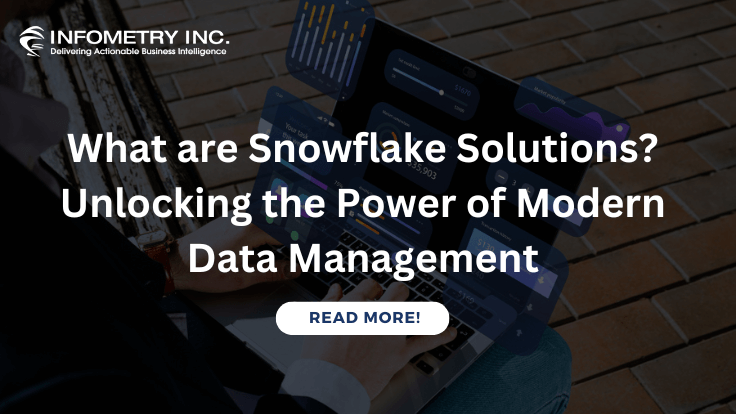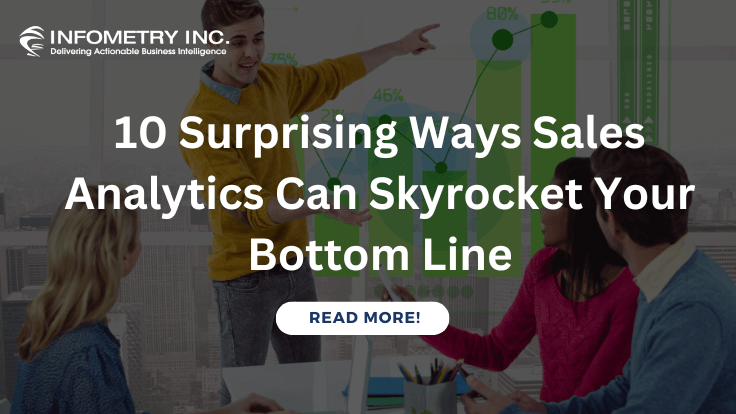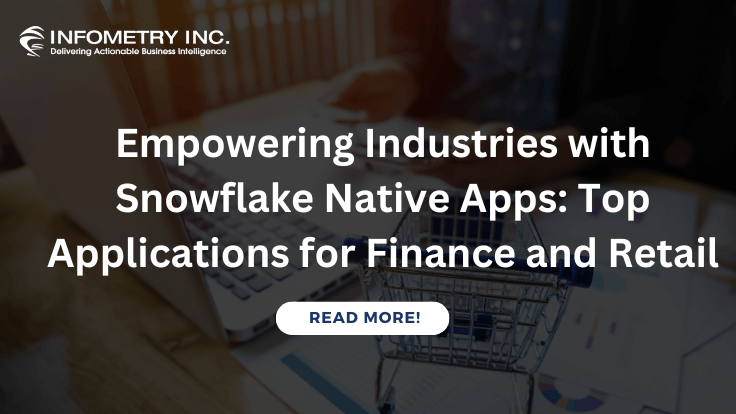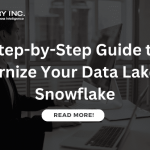
Step-by-Step Guide to Modernize Your Data Lake with Snowflake
April 17, 2024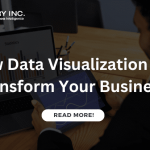
How Data Visualization Can Transform Your Business?
April 23, 2024In the ever-evolving landscape of data-driven decision-making, understanding the distinctions between Business Intelligence (BI), Artificial Intelligence (AI), and Advanced Analytics becomes crucial. This blog post aims to dissect these terms, shed light on their unique features, and highlight the role of Infometry in enhancing these capabilities.
Here find the main Differences Between BI, AI and Advanced Analytics
| Criteria | Business Intelligence (BI) | Artificial Intelligence (AI) | Advanced Analytics | Infometry's Contribution |
|---|---|---|---|---|
| Definition | BI involves using data analysis tools and techniques to provide historical and current insights into business operations. | AI refers to the simulation of human intelligence in machines, allowing them to perform tasks that typically require human intelligence, such as learning and problem-solving. | Advanced Analytics encompasses predictive and prescriptive analytics, leveraging statistical models and machine learning algorithms to forecast future trends and recommend actions. | Infometry enhances BI, AI, and Advanced Analytics by providing a unified platform for seamless data integration, processing, and visualization. |
| Scope | Primarily focused on reporting, querying, and data visualization for descriptive analysis. | Encompasses a broader spectrum, including machine learning, natural language processing, and cognitive computing for predictive and prescriptive analysis. | Expand on BI by incorporating statistical models, machine learning algorithms, and predictive modelling for deeper insights and informed decision-making. | Infometry's platform facilitates the integration of diverse data sources, enabling organizations to harness the full potential of BI, AI, and Advanced Analytics. |
| Data Types | Deals with structured data, typically historical and current business data. | Can handle both structured and unstructured data, enabling the analysis of a wide range of information sources. | Extends beyond structured data to include unstructured and semi-structured data, allowing for a more comprehensive analysis. | Infometry ensures seamless integration of various data types, breaking down silos and enabling a holistic approach to data analysis. |
| Automation | Offers automated reporting and dashboard creation, streamlining data presentation. | Involves automation of tasks through machine learning algorithms, reducing the need for manual intervention. | Goes beyond automation to include predictive and prescriptive capabilities, automating decision-making processes. | Infometry's automation features enhance efficiency across the entire data lifecycle, from ingestion to analysis and reporting. |
| Use Cases | Commonly used for historical and real-time reporting, ad-hoc queries, and dashboard creation. | Applied in diverse fields, including natural language processing, image recognition, and autonomous systems. | Widely employed for predictive modelling, forecasting, and optimization in areas like finance, marketing, and supply chain management. | Infometry's platform caters to a wide range of use cases, providing a flexible and scalable solution for BI, AI, and Advanced Analytics needs. |
| Decision Support | Facilitates informed decision-making based on historical and current data trends. | Enables data-driven decision-making by predicting future outcomes and prescribing optimal actions. | Enhances decision support by providing actionable insights derived from predictive and prescriptive analytics. | Infometry empowers organizations with actionable insights derived from integrated data sources, supporting strategic decision-making. |
Conclusion:
In the era of data-driven decision-making, organizations must navigate the landscape of Business Intelligence, Artificial Intelligence, and Advanced Analytics strategically. Infometry, with its comprehensive platform, acts as a catalyst, seamlessly integrating these domains and empowering businesses to harness the full potential of their data. Understanding the nuances of each discipline is crucial for organizations aiming to leverage data for competitive advantage, and Infometry stands at the forefront of this transformative journey.


